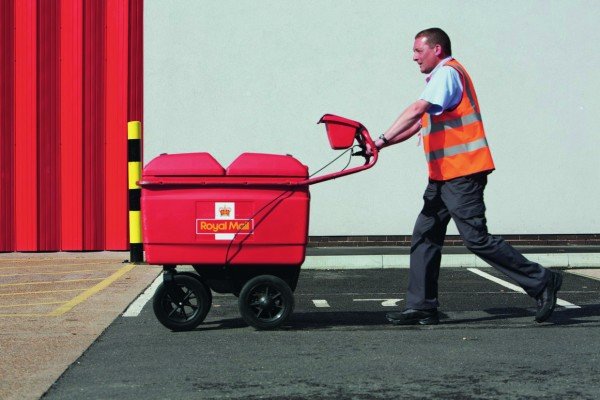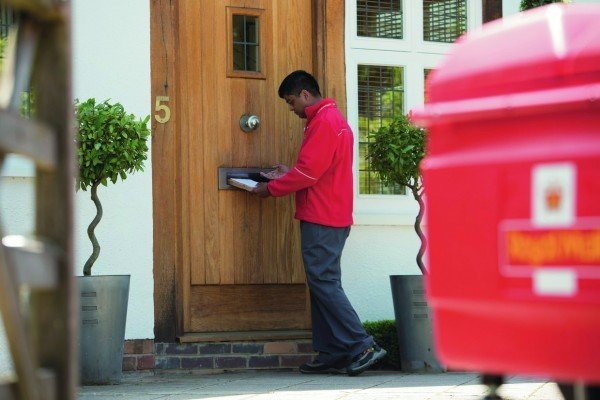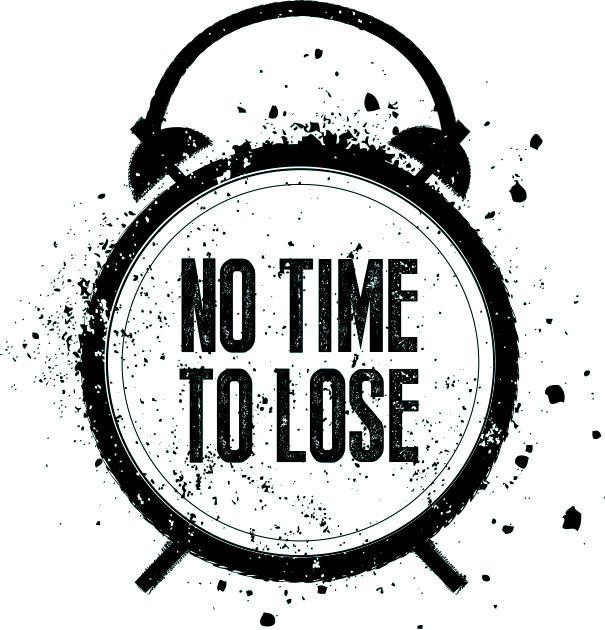 Royal Mail Group has this year refined its sun-safety approach to help postal workers avoid the harmful effects of solar radiation. As Marcus Boocock explains, the approach has won praise from IOSH.
Royal Mail Group has this year refined its sun-safety approach to help postal workers avoid the harmful effects of solar radiation. As Marcus Boocock explains, the approach has won praise from IOSH.
Given they deliver letters and parcels to more than 29 million addresses across the UK, it is not possible for Royal Mail workers to keep out of the sun.
While the thought of working outdoors during the summer months may appeal to some, it has the potential for serious health risks.
Over-exposure to the sun, and its potentially dangerous rays, is one of the major causes of work-related cancer. In fact, as many as five people a day in the UK are diagnosed with a form of skin cancer that has been contracted at work.
Sun safety strategy
It is with that in mind that Royal Mail Group developed a new emphasis on its sun safety strategy for employees earlier this year. The approach has won praise from IOSH, which is calling on organisations to do what they can to combat work-related cancer with its No Time to Lose campaign.
Royal Mail Group’s aim was to raise awareness among staff of the need to protect themselves from the sun and the ways that can be done.
The organisation routinely offers staff wide-brimmed hats, long-sleeved tops and trousers as part of its uniform. However, it has found that just offering the protective clothing is not enough on its own.
Out of 1,150 employees who took part in a survey on solar radiation, nearly 640 revealed that they regularly check their skin for early signs of cancer, but only 385 felt they had received some form of training for sun safety in the workplace, despite previous in-house publicity campaigns.
The survey also found that while men were more knowledgeable about sun protection, women were more likely to be aware of the risks of sun exposure and take steps to protect themselves.
Shaun Davis, Royal Mail Group director of safety, health, wellbeing and sustainability, said: “When I joined Royal Mail three years ago it quickly became apparent that there was an opportunity to strengthen our wellbeing and sustainability strategy in the area of outdoor worker protection.
“Because of the predominantly outdoor nature of our work and the absolute requirement to keep our people safe and healthy, sun safety was an obvious area for me to explore.
“I’ve done this via a formal research study, allowing me to not only develop our sun safety strategy, but also share our organisational findings through an academic journal [Journal of Occupational Medicine] so that others can learn from and build on the work we’ve done here.”
He said that the survey showed that “sun safety training and awareness has to be the first line of defence”. It also revealed that 55 per cent of workers mistakenly believed that sunscreen with an SPF of at least 30 only needed applying once a day.
Understanding the strategy
Mr Davis added: “We know that we can offer guidance and procedures, and issue the right clothing and equipment, but unless people understand why it’s important to follow the processes and use the kit, we’re going to struggle to improve levels of protection.
“We’re really promoting the fact that covering up is the main focus. Wearing the right clothing to protect yourself from the sun’s rays gives the best direct protection, as long as workers are supplementing with sunscreen where they need to.
“We know that getting workforce engagement in our programme is absolutely crucial, and we’ve been working with our national and regional teams, and also in partnership with the Communication Workers’ Union, to get the message out there that taking a few simple steps can protect people who work outside for a living from getting the most common type of cancer in the world.”
As well as focusing on using clothing as the first line of defence, the campaign has seen handy wallet cards, created by IOSH, given to all staff. These remind staff of the basic protection steps on high UV days and give a reminder of the signs of skin damage.
The cards promote the organisation’s ‘stay safe in the sun’ messages:
* Cover up – wear long, loose clothing to keep the sun off the skin.
* Protect your head – wear wide-brimmed hats, which are part of the uniform and use sunglasses with UV protection.
* Take your break in the shade – this is especially the case during the most powerful ultraviolet periods.
* Use sunscreen – ensure it is SPF 30 or higher on exposed skin and apply it half an hour before going outside, and re-apply frequently.
* Be skin safe – report mole changes or other concerns about skin as soon as possible.
 The Royal Mail Group is also delivering more frequent, positive reinforcements of its message – running slots on the in-house TV programme RMtv, adding articles to the company-wide magazine, and featuring articles and downloadable posters on the company’s extranet.
The Royal Mail Group is also delivering more frequent, positive reinforcements of its message – running slots on the in-house TV programme RMtv, adding articles to the company-wide magazine, and featuring articles and downloadable posters on the company’s extranet.
Using its guidance and online risk assessment tool, Royal Mail Group’s local managers can make judgement calls about the conditions they face, based on personal experiences and data from organisations such as the Met Office, Environment Agency and Highways Agency.
The tool is more focused on extreme conditions and as Royal Mail recognises solar radiation exposure at even moderate levels can be a risk, it supplements the severe weather guidance with extra specific advice on sun safety.
Campaign against work-related cancers
Solar radiation is one of five carcinogens that workers in different industries are exposed to that IOSH is targeting with No Time to Lose.
It is estimated malignant melanoma kills nearly 50 people each year in the UK because of exposure to solar radiation at work, according to research by Imperial College London.
A separate research project commissioned by IOSH and conducted by the University of Nottingham found a lack of awareness of the risks of solar radiation in the UK construction industry the sector hardest hit by the disease.
IOSH is urging businesses to develop ‘sun safety strategies’ that include regular updates on the UV index from weather forecasts, minimising sun exposure in the middle of the day, taking rest breaks in the shade or indoors, and asking employees to wear long-sleeved, loose-fitting tops and trousers, wide-brimmed hats, and sunglasses. Using high-factor sunscreen is helpful but should not be relied on as the only barrier to the harmful rays, employers are advised.
Royal Mail Group is to test the effectiveness of its new approach in an impact measurement exercise later this year.
Jane White, head of research and information services at IOSH, said the Royal Mail Group was an example of an organisation with an effective sun safety strategy.
She said: “While outdoor work is unavoidable in some industries, work-related skin cancer is avoidable and it is good to hear that organisations such as Royal Mail Group are taking steps to protect staff.
“By taking simple steps, such as providing the right type of clothing and information, it is possible to ensure people who work outside are not exposed to solar radiation and the devastating impact it can have on the lives of workers and their families.”
For more information about IOSH’s No Time to Lose campaign and to get free resources to help manage solar radiation at work, go to: www.notimetolose.org.uk
Marcus Boocock is media officer at IOSH

What makes us susceptible to burnout?
In this episode of the Safety & Health Podcast, ‘Burnout, stress and being human’, Heather Beach is joined by Stacy Thomson to discuss burnout, perfectionism and how to deal with burnout as an individual, as management and as an organisation.
We provide an insight on how to tackle burnout and why mental health is such a taboo subject, particularly in the workplace.





While this is an admirable effort by the Royal Mail I don’t think we’ll see postal workers standing in the shade waiting for the day to cool down before continuing their round. On a more serious note, however, education is the key. In the UK we don’t take skin cancer seriously enough and for that to change we need a broader campaign to change public attitudes.